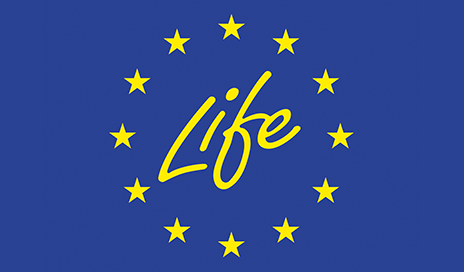
What is KLIMASKEN?
A tool for assessing cities, municipalities and buildings’ contribution to climate change and adaptation to climate change. The tool consists of several dozens of indicators, which the user fills with the required data and through simple calculations is then determined from the main index and its sub-components.
start testingMore informationWHAT DOES KLIMASKEN MONITOR?
Expozice AREA EXPOSURE TO CLIMATE CHANGE
What is the state and development of the environment in which a city / district or building is located in terms of the most important manifestations of climate change: rising temperatures, heat waves, rainfall, drought or extreme weather phenomena. The area includes ten indicators (nine for the basic assessment and one for the advanced assessment).
SENSITIVITY AND ADAPTIVE CAPACITY OF THE AREA
What is the vulnerability of the city to the effects of climate change. How the city / district or building is ready, what are the characteristics of the individual systems and areas in the city or building. The area includes sixteen indicators (eight for the basic assessment and eight in addition for the advanced assessment).
GREENHOUSE GAS PRODUCTION AND REDUCTION (EMISSION)
How is the city responsible for climate change? What are the direct or indirect greenhouse gas emissions in the city? How do individual areas contribute to climate change? The area includes fourteen indicators (four for the basic assessment and ten for the advanced assessment).
PREPAREDNESS OF THE INSTITUTION TO IMPLEMENT ADAPTATION AND MITIGATION MEASURES
What measures are implemented by the city / district / building owners to address the consequences of climate change or to reduce greenhouse gas emissions? How do these solutions manifest themselves in everyday life? The area includes sixteen indicators (seven for the basic assessment and nine for the advanced assessment).
Climate label
The climate label is the result of evaluating cities, city districts and buildings in terms of their contribution to and adaptation to climate change.
It is a summary representation of the overall rating in the form of several concentric circles divided into four quadrants. These illustrate four main areas for assessing the approach of a city, district, or building in the area of adaptation to climate change (exposure, sensitivity, and capacity) and emission, i.e. greenhouse gas emissions. Each area is further subdivided into smaller slices, which are represented by sub-indicators that represent that area.
5 colors (red, orange, yellow, light green and dark green) are used throughout the label to indicate the negative (red) or positive (dark green) status or development of the system described by the indicators used. Thus, on one label it is possible to assess the status / development of sub-indicators (for example, electricity consumption per person or availability of greenery), whole areas up to the overall status of the system. This is expressed both by the central value of the Klimasken (Climate scan) and by the colour expression.
TERRITORIES AND BUILDINGS
Cities, districts and buildings can participate in the KLIMASKEN project.
Here are some of the latest models. To see all models, open the map:

The project is funded by the European Commission, by the financial Instrument for the Environment: Program LIFE for the period 2014 – 2020 established by the regulation No 1293/2013 of the European Parliament and of the Council of 11 December 2013 on the establishment of a Programme for the Environment and Climate Action (LIFE) and repealing Regulation (EC) No 614/2007, subroutine Climate Protection; under the project LIFE17 CCA/SK/000126 – LIFE DELIVER. © 2018 MiÚ MČ Karlova Ves Nám. sv. Františka 8 842 62 Bratislava
Klimasken target group
It is possible to enter and then evaluate and analyze data into the KLIMASKEN system for a municipality (city, municipality, city district) or for a building.
Close Continue